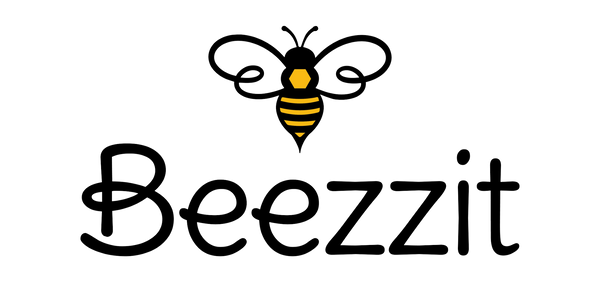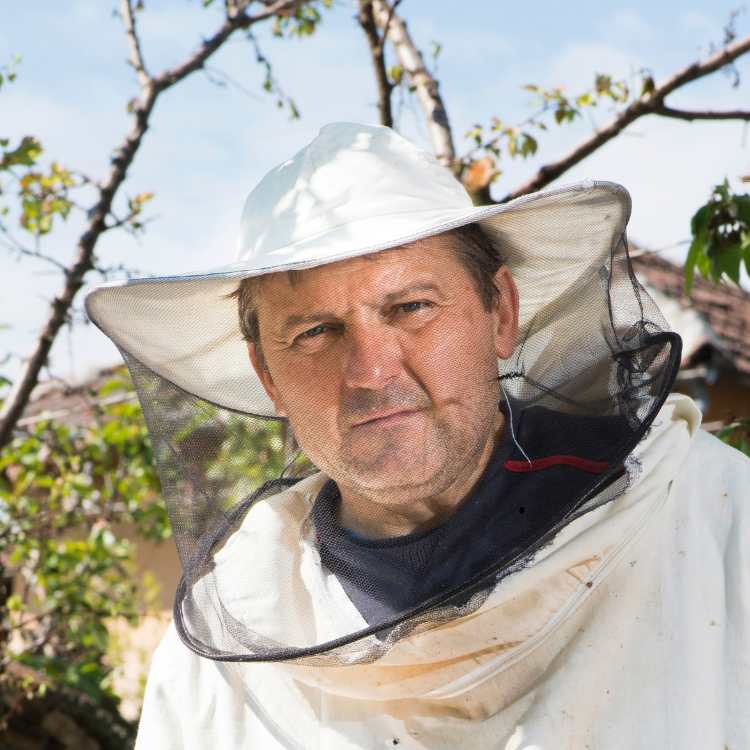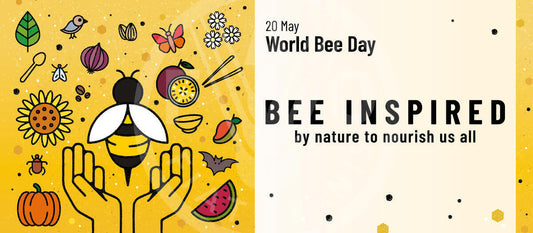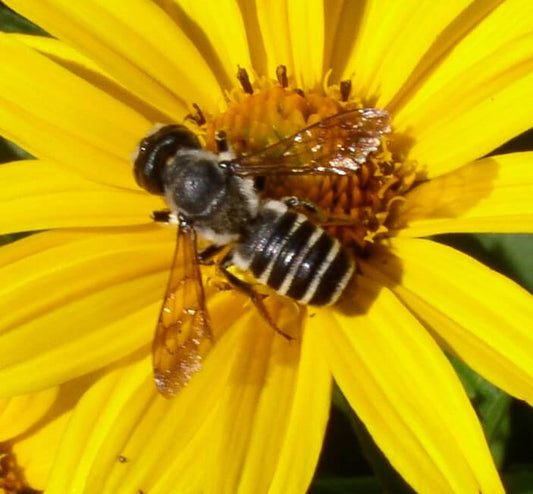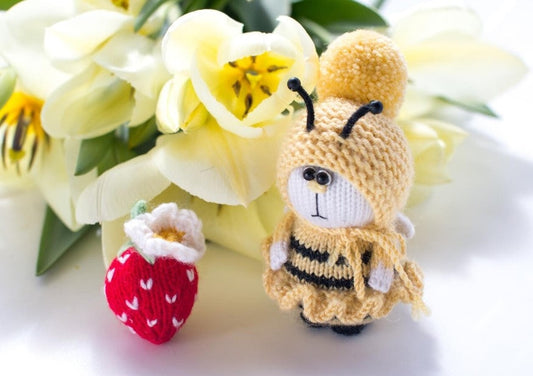When most folks hear “bee,” they immediately picture a honey bee, swarming a hive or buzzing past a picnic. But out in the open fields, among rows of golden blooms, there’s another pollinator quietly outperforming its better known cousin: the sunflower bee, Megachile pugnata.
Meet the Megapup
That’s right. Megachile pugnata has a nickname: the “megapup.” Credit for that goes to entomologist Vincent Tepedina, and honestly, it fits. Compact, sturdy, and incredibly efficient, these sunflower bees don’t need flashy stripes or a loud hum to make their presence known. About ¾ to 1 inch long and dark-bodied with pale bands, they resemble oversized leafcutter bees. And unlike honeybees, they don’t form colonies or follow queens. Sunflower bees are solitary workers, each female operating entirely on her own, and still managing to outperform entire hives.

Why sunflower bees are quietly dominating?
Forget the swarm. A single sunflower bee is able to visit over 112,000 blooms in one day. Yes, you read that right! In one day. Meanwhile, even the most hard working honey bees rarely cross the 1000-bloom threshold.
And it’s not just the quantity. Its quality too. In controlled environments, sunflower bees consistently produce larger, heavier seeds on hybrid sunflowers compared to domestic honey bees, even when outnumbered ten to one. The reason? Honey bees often cluster close to their hive. Sunflower bees roam. They move evenly across a field, ensuring every bloom gets attention.
How do they work (and why it’s genius)
Unlike hive bees, sunflower bees don’t just collect nectar and pollen. They also build. Each female gathers bits of leaf and moist soil to create small pulp walls. These form the partitions between the cells inside her nesting tunnel. Inside those cells? Her future generation. No help from a colony. No workers. Just her.
After 8 to 12 weeks of high speed pollination, she’s done. The offspring she’s tucked away in those leaf and mud cradles won’t emerge until next summer. A full circle of life that aligns perfectly with the height of sunflower bloom.

What they pollinate
Although the name suggests it, sunflower bees don’t just limit themselves to sunflowers. They will go after anything in the sunflower family. Zinnias, daisies, and black-eyed Susans, as well as fruits and vegetables. Think of sunflower bees as generalists. This means more coverage for your garden, orchard or field.
And they don’t venture far-usually within 200 feet of their nesting site. This makes them ideal for targeted pollination.
What they need from you
If you want sunflower bees to take up shelter in your garden or backyard, you need three things:
-
Nesting space: They don’t dig into the ground. Instead, they look for pre made tunnels. Reed tubes or drilled wooden blocks work best. Place them in a sunny, dry area about four feet off the ground.
-
Pollen sources: Sunflowers are great, obviously. But you will want variety. Include a mix of flowering plants that bloom mid to late summer. The richer the buffet, the longer they are likely to stick around.
-
Mud and leaves: They need materials to build with. A patch of moist soil and a few leafy plants will do just fine. They chew the leaves into discs and mix them with the mud to form their nesting partitions.
Set this up and you have created the perfect launchpad for these tine pollination machines.
When they arrive and how long they stay?
Sunflower bees can be seen buzzing in mid to late July after 20 to 28 days of incubation at temperatures above the 70°f mark. Their nesting and pollination periods last for about two months. After that, they die off, leaving their offspring behind to hibernate through the winter. No need to worry about swarms or stings, as sunflower bees are known to be non-aggressive and keep to themselves.
In case you are planting a summer garden, they will show up right when you need them. And once they have set up camp, they will return year after year, so long as their habitat stays intact.

Why growers should take notice
In case you are growing sunflowers commercially or even as a backyard crop, don’t overlook these native specialists. They require no management, no hives and no feeding. Just a simple nesting setup and a healthy landscape to thrive.
The final buzz
Sunflower bees are a reminder that nature doesn’t always shout. Sometimes the most effective workers are the ones who don’t make a fuss. These solitary, summer loving megapups get in, do the job and quietly build the next generation. If more growers and gardeners gave them a chance, we’d all see stronger crops, more resilient pollination systems, and a healthier balance between native and managed pollinators.
Ain’t it super fun learning about different types of bees? Learn more about these fascinating creatures from our full blog.